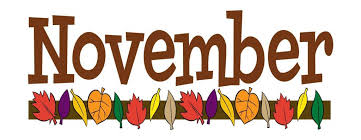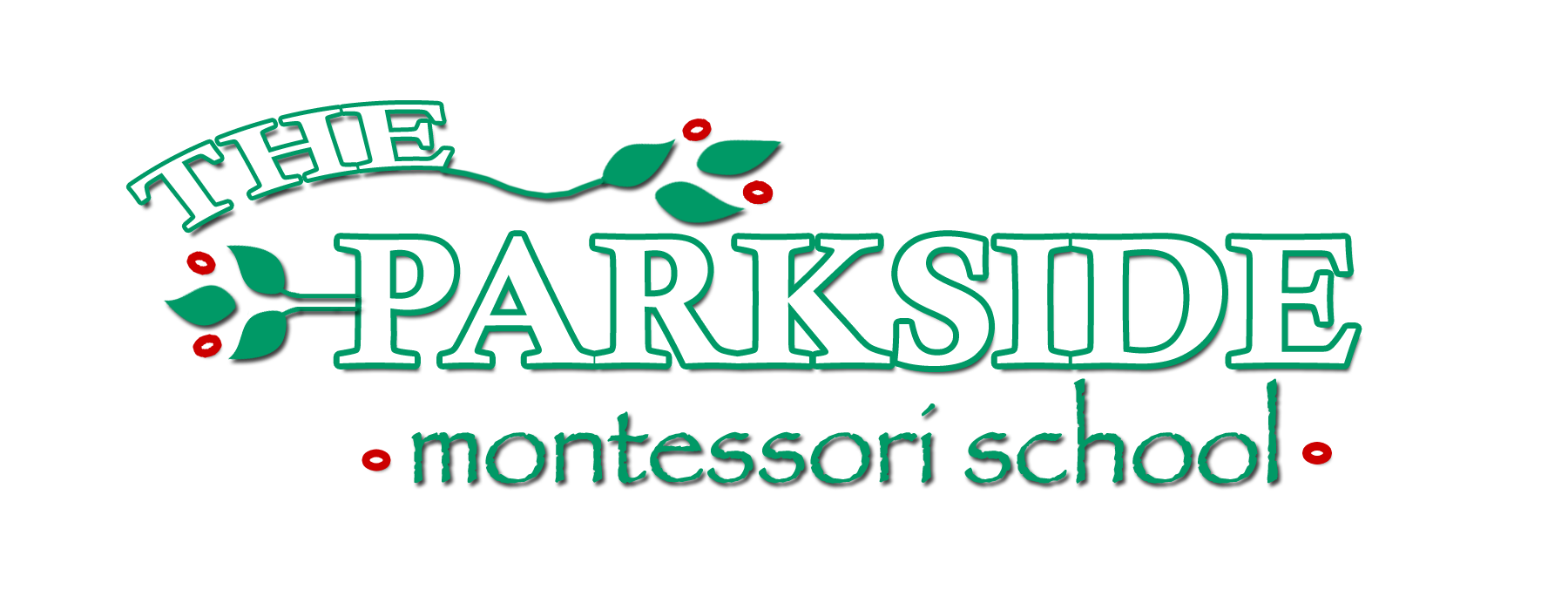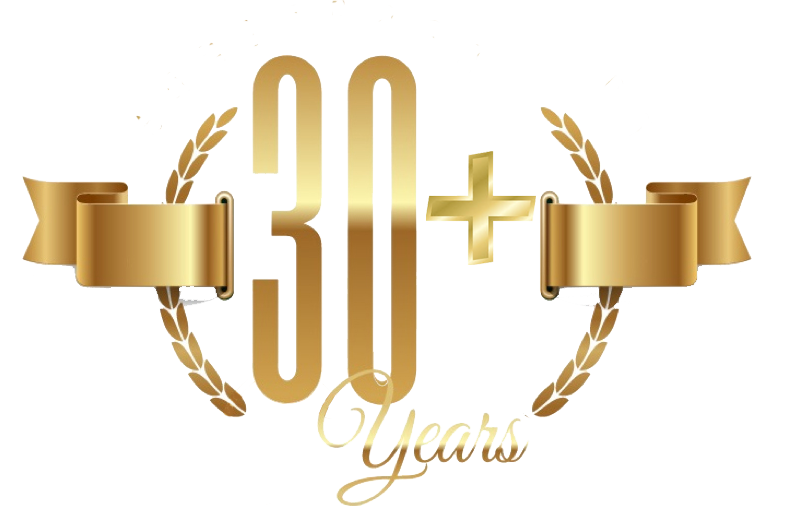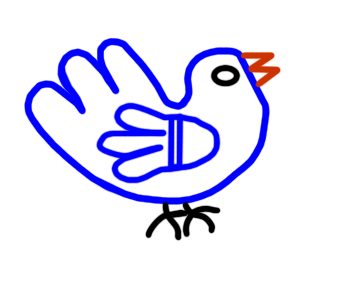The Parkside Montessori School
53 Norwood Avenue
Upper Montclair, NJ 07043
973-509-7379
parksidemontessori@gmail.com


NEWS
As November begins, our bulbs have been planted and are resting in their cozy beds around the playground. The leaves have finally changed and many have fallen, and the children are enjoying collecting and identifying the different kinds of leaves that are around school. As we continue our study of trees we will focus on the difference between deciduous and evergreen trees…those that lose their leaves and those that stay forever green. We will be comparing the actual branches of oak vs. pine, maple vs. hemlock, sassafras vs. rhododendron, etc.
Much of our classroom time in November is learning about the history of Thanksgiving and preparing for our classroom feasts which will take place early during the week of Thanksgiving. Our new shelf activities will revolve around harvest time and Thanksgiving. In Practical Life we will continue pumpkin scrubbing and apple cutting. We will also add table setting and napkin folding, and flower arranging, skills that may become useful as the holidays approach. A very popular activity in Practical Life will be clementine peeling and then serving to fellow classmates. The children really love this work, and it encourages, as with all of the Practical Life exercises, the development of a sense of order and process and the ability to fully complete the task, the lengthening of concentration, and the enhancement of both large and fine motor skills. November art activities, stories and songs will also relate to Thanksgiving. In Language we will be matching Native American symbols, feathers and horns of plenty, and we will add Thanksgiving fiction and non-fiction books to our library.
On our November circles we will be talking about the origins of the Thanksgiving holiday as we describe the difficult journey across the Atlantic made by the Pilgrims from England who were seeking religious and other freedoms. As with all of our lessons, we will use concrete props including a map, a replica of the Mayflower, a large rock representing Plymouth Rock, and statues of both Pilgrims and Native Americans. While the voyage to America was challenging, the Pilgrims faced even more obstacles as new settlers in Massachusetts. They received unexpected but invaluable support from those who were already here…the Native Americans. With their help, the Pilgrims learned how to hunt, fish, plant, and even build homes in their new land. Thanksgiving is really the story of how two very different cultures came together to work in peaceful and productive ways for the good of all.
The lessons we are learning from the Thanksgiving story are a natural follow-up to the early Peace lessons of September and October when we set up our classroom Peace Bowl. This month we will be adding the Peace Flower to our corner. In the course of the day if any difficulty arises between children, we encourage them to go to the Peace corner and express their feelings verbally. One child holds the flower and expresses their sadness or anger. Then he or she passes it to the friend, who then talks about his or her feelings. The problem is usually a simple one related to sharing or turn-taking, wanting to sit next to a certain friend, holding a hand of someone on the way outside, or just feeling tired and sad and saying something unkind. On circle we have play-acted certain situations which may cause a problem between two children, and then we assist them when they go to work things out by talking with each other in the Peace corner. There is a wonderful book called “The Peace Rose” which we have read and which simply explains this process. Conflict resolution takes time, but usually by the end of their short time together, their problem has been resolved by peaceful discussion, and they are friends again.
Our Thanksgiving lessons also include a discussion of the foods such as corn, beans, potatoes, squash, cranberries, etc. that were planted, grown and harvested by the Pilgrims with very significant help from the Native Americans. We will talk about the meaning of the harvest celebration that later became Thanksgiving. That bountiful harvest enjoyed by both Pilgrims and Native Americans took place in the year of 1621. We will have our own Thanksgiving feasts here at school. In preparation for the feasts, the children will be making placemats, Native American headdresses and Pilgrim hats. They will also create horns of plenty. There will be sign-up sheets in the hall in a week or so asking for contributions of harvest foods on the days of the feasts, Monday, November 25 and Tuesday, November 26.


Nota Bene


NOTES
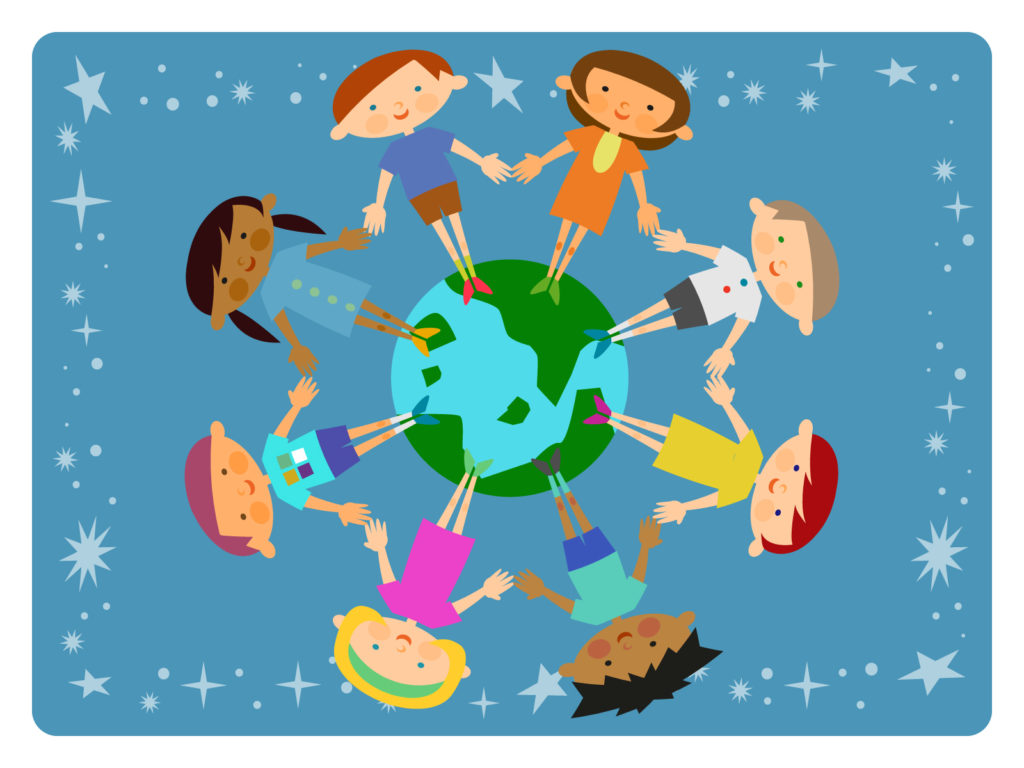
“Life has changed but the need to feel part of a group,
for the adults and for the children, has not.
And cooking and eating are something everyone does every day.
Perhaps taking a few moments to work together to cook something,
to set the table…just one little thing each day can keep
the whole family on the path to wholeness.”
“Child of the World” Catalog
2004-2005
“Gratitude makes sense of our past,
brings peace for today, and creates a
vision for tomorrow.”
Melody Beattie
